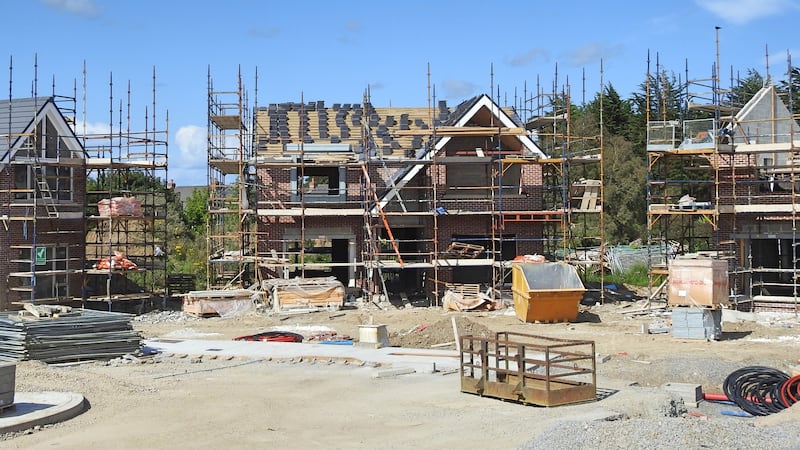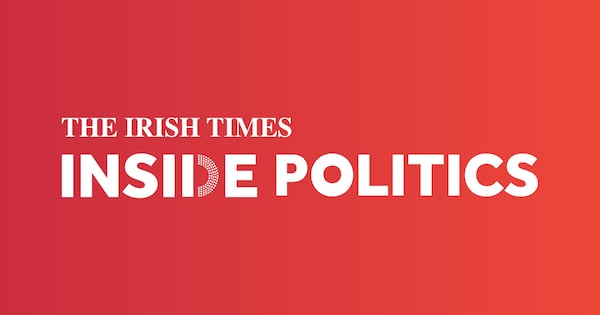Fine Gael spent significantly more than either Fianna Fáil or Sinn Féin on elections last year, according to party accounts provided to the Standards in Public Office Commission (Sipo).
Fine Gael was the biggest spender overall on elections in 2024 and also the highest spender on the general election, according to the consolidated accounts of the parties.
The accounts, published by Sipo, show Sinn Féin is the richest of the three big parties, with more income, stronger cash balances and an unmatched reserve of €8.7 million at the end of 2024.
Sinn Féin, like the other parties, ran a significant deficit last year, in its case amounting to €1.6 million. However, it still finished the year with €4.6 million in cash, down from €5.3 million at the beginning of the year.
RM Block
By contrast, Fianna Fáil had just €470,000 in cash at the end of the year. Fine Gael and Fianna Fáil appear to have funded some of their election expenditure through loans, which the two parties will pay back over the coming years as they prepare for the next election, though Fine Gael is in a significantly better financial position than Fianna Fáil.
The days when Fianna Fáil outspent everyone at election time are long gone, the figures suggest. This time, the consolidated spending shows Fine Gael spent €3.22 million on elections last year, substantially ahead of Sinn Féin on €1.7 million and Fianna Fáil on €1.69 million.
Fine Gael spent more than €2 million on the general election, more than twice as much as Fianna Fáil, which spent less than €950,000, according to the consolidated accounts of both parties.
Despite being outspent, Fianna Fáil won 10 more seats than Fine Gael in the general election. Sinn Féin also beat Fine Gael by one seat.
[ Expect the unexpected: What the 2024 local and European elections have taught usOpens in new window ]
Sinn Féin and Fine Gael each spent about €600,000 on the European elections, according to the accounts, with Fianna Fáil’s figure much lower at about €320,000.
Fine Gael also outspent its rivals at the local elections, with the accounts showing expenditure of €512,000. Fianna Fáil reported spending of €289,000, while Sinn Féin’s accounts show it spent just €77,000 on the local elections.
All three parties received more than €5 million in State funding last year, while the accounts of all three parties show they are also reliant on fundraising among their members. Sinn Féin has the highest income from donations, with €182,000 raised from individual donations and €52,000 from corporate donations.
The party’s organisation in Northern Ireland is not governed by the strict rules on political donations that are in place in the South.
But it is Sinn Féin’s cash pile – likely linked to a mysterious bequest from a reclusive Englishman, William Hampton, who left more than €4 million to the party in 2019 – that sets it apart from its rivals. Along with a substantial property portfolio, it means the party can record “reserves” of some €8.7 million in its accounts.
This is the first year Sipo rules have required the parties to produce consolidated accounts that show the financial dealings of all units of the organisations above a certain size.
In a statement, Fine Gael cautioned against comparing the election spend of the different parties in the accounts.
“It would be inaccurate to use the published annual accounts of political parties without context to compare election expenditure by political parties,” the party said in a statement.
It said there “appears to be significant divergence in the approach to Electoral Act compliance by different political parties ... The extent to which election expenditure is funded by the Party HQ, by party subsidiaries that are required to be reported under the Electoral Act, or by party subsidiaries that are not required to be reported under the Electoral Act, varies for each party and candidate. This also has a bearing on the figures reported.”


















